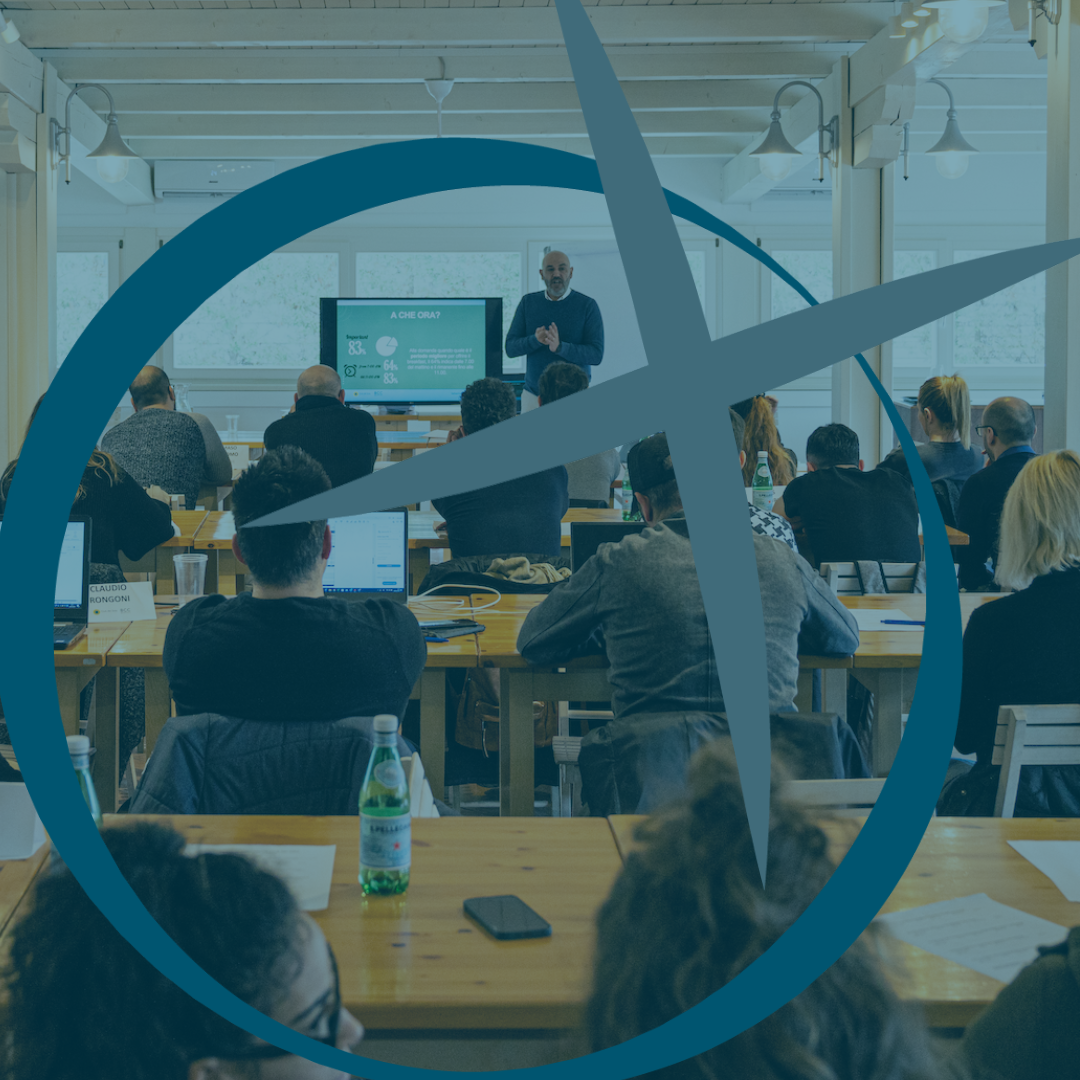
This year, we realized for a major hospitality company a team building based on role-playing; its aim was to make participants from different departments aware of the dynamics related to the role of colleagues and, more generally, of the work dynamics of the whole company. The focus was on staging several stories, in which the participants were confronted with an obstacle; thus solving the problem in a different way, based on personal skills and knowledge.
Hence the hint for this article: sharing what I have learnt over the years to ease problem solving.
To solve a situation, you must first recognise there is a problem and identify its nature. The initial phase is the crucial one: you must recognise, analyse and define the problem; it may seem obvious, but in most cases not everyone involved perceives the problem as such.
This is followed by a period of detailed observation, analysis and research in order to obtain a clear and complete overview of the problem in order to define it rationally, i.e., as something that can be solved with the people, means and time available.
This also highlights the difficulties and the goals to achieve for a successful resolution. The identification and structuring of the problem are very important and delicate steps: if not thoroughly analysed, they could lead to problems in the subsequent implementation phase.
I like to quote Albert Einstein to sum up the importance of this concept: “If I only had 60 minutes to solve a problem, I’d spend 55 minutes defining it and 5 minutes finding the solution”.
Then comes, in fact, the time to think of possible solutions. This is the most complex stage of problem solving as it involves an in-depth analysis, with its ‘pros’ and ‘cons’, of the various possible solutions.
The next step is to select solutions until the decisive choice is made and the chosen solution is implemented.
The final stage of problem solving is concerned with verifying the success of what has been done.
The method we often use at Colloi Plus during events is that of brainstorming: each person expresses their ideas and opinions on possible solutions without restraint, giving free rein to their creativity, guided by their own area of expertise. To keep the event original, creativity is the key ingredient to generate innovative solutions.
There are other practical techniques, such as written analysis, the “worst possible idea” method, the “scenario beyond the problem” technique, the “small steps” method and role-playing.
In my opinion, role-playing is one of the most effective strategies when collaborating with a team. This technique has two advantages: the goal-oriented and fun involvement of all stakeholders and the experience gained by everyone in solving business problems.
At this point, I can only wish… good problem solving to everybody!
Complete the form below in full to request detailed information